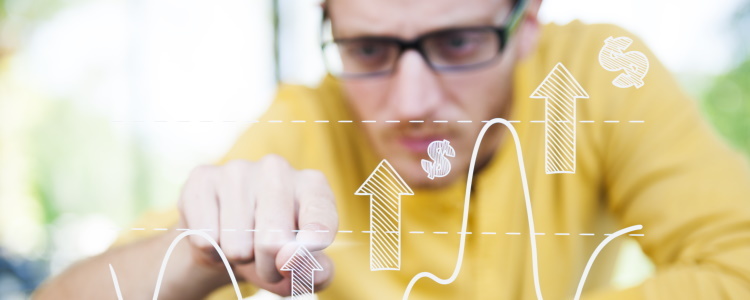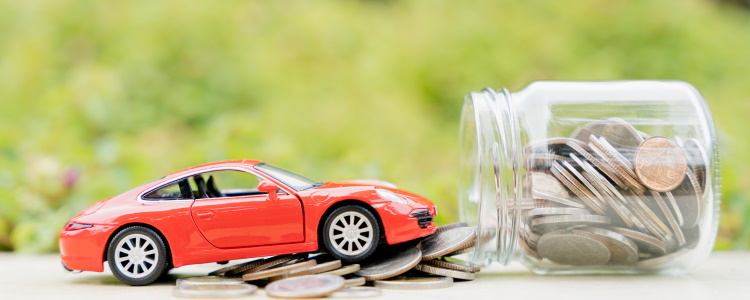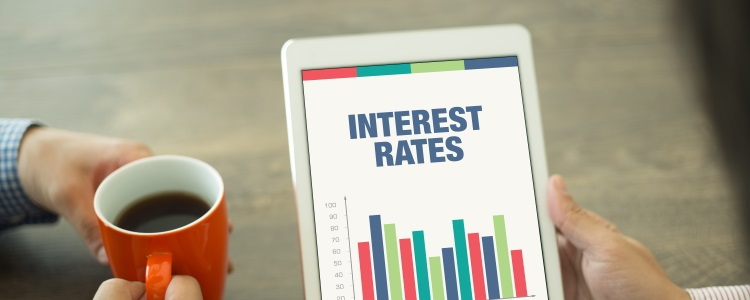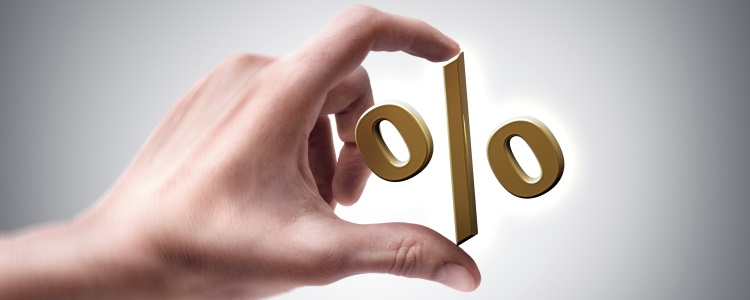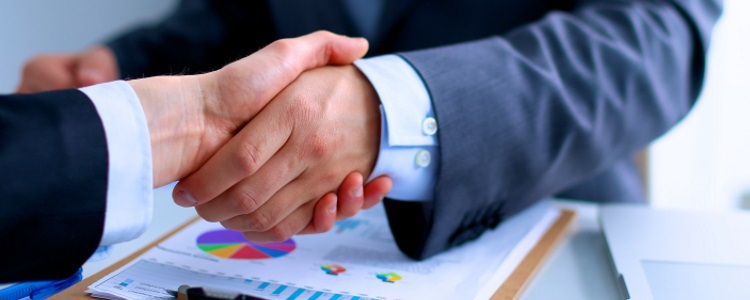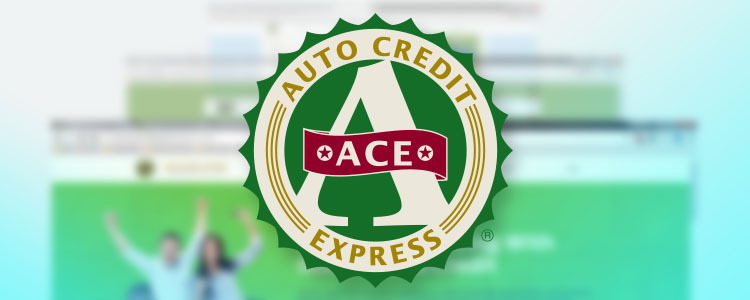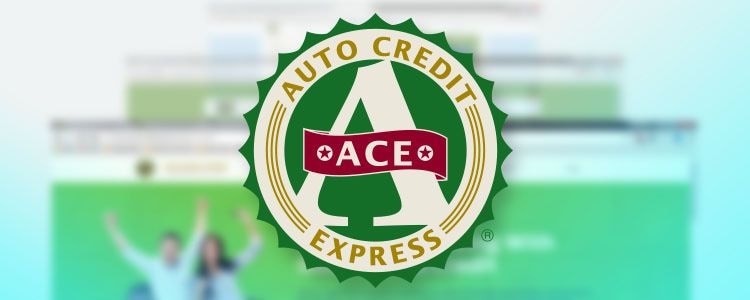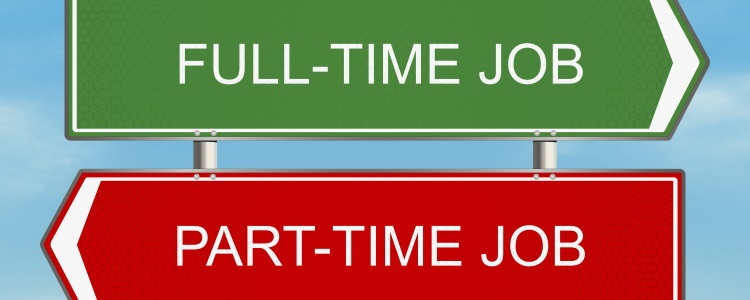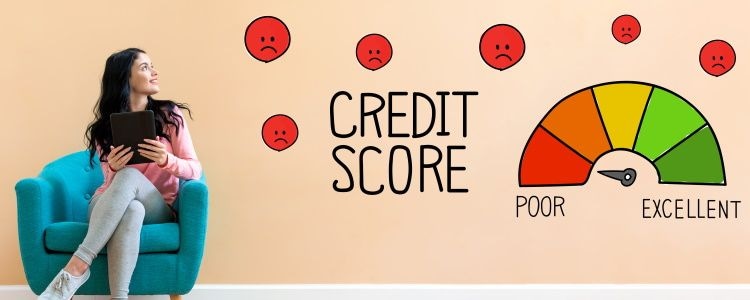Interest rates steadily increased over the last year, to battle inflation, and that isn't stopping yet. The Federal Reserve doesn't expect to bring rates down over this year until the record-high inflation we're seeing across the country slows. In their sixth meeting of 2023, the Federal Open Market Committee raised interest rates for the eleventh time, again by a quarter percentage point. This put the national benchmark interest rate at 5.25% to 5.5%, the highest it had been in 22 years. What does this mean for you ahead in 2023?
2023 Fed Interest Rate Hikes
The Federal Reserve is on track to continue to increase interest rates over the course of this year. So far there have been six meetings to decide if and how much the base rate should be raised. Here's how this year's decisions are shaping up:
- Once again, the Fed raised its benchmark interest rate during its first meeting of the year held from January 31 to February 1, 2023. This time, however, they only nudged up the rate by a quarter of a percentage point. This makes the current benchmark rate between 4.5% and 4.75%, the highest since 2007. The smaller increase marks the second time the Fed has dialed back its increase, but it still pushes costs to their highest levels seen in recent decades.
- The second Fed rate hike of the year came on March 22, as the rate was increased a quarter of a point. This 0.25% increase has interest rates up to 4.75% to 5.0%, all in an attempt to battle inflation that's as high as it's been in 40 years, according to CNBC.
- The third rate hike of the year came on May 3, and the Fed expressed that this may be the last increase to come for some time. However, they won't start bringing down rates until things turn around. In an interview after the decision, Federal Reserve Chairman Jerome Powell said, “We on the committee have a view that inflation is going to come down not so quickly. It will take some time, and in that world, if that forecast is broadly right, it would not be appropriate to cut rates and we won’t cut rates.”
- On July 26th, the FOMC made yet another rate hike, increasing the baseline interest rate by another quarter percent. This came after rates didn't rise in June, but instead held steady for a brief time.
2022 Fed Interest Rate Hikes
The Federal Reserve increased interest rates seven times in 2022. The goal is to slow the economy without causing a recession. Here is what the increases looked like:
- The Federal Reserve made its first move toward slowing inflation with a rate hike on March 16. The quarter-percentage-point hike was the first uptick in the federal rate since December 2018. This put the benchmark interest rate range at 0.25% to 0.50%.
- The Fed then made a 0.50% hike in May. However, this was followed by an even bigger rate hike to battle inflation.
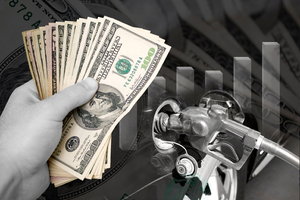
- In its fourth meeting of the year on June 15, the Federal Reserve raised interest rates yet again, this time with its largest single increase in 28 years – 0.75%. The last time the Fed raised rates this much at once was in 1994. This brought the benchmark interest rate between 1.5% and 1.75%.
- With the consumer price index CPI rising 9.1% year-over-year for June, the Federal Reserve made its fourth benchmark increase on July 27. The Fed announced a 0.75 percentage point hike, which sets the benchmark lending rate between banks at 2.25% to 2.5% – this was the highest the benchmark rate had been since December 2018. This was the second consecutive three-quarter point increase.
- The Fed hiked the benchmark interest rate by another three-quarters of a percentage point on September 21. This was the fifth time the Fed had risen rates this year to fight inflation that is running near record highs. This was the third straight 0.75% rate hike, bringing the Federal Funds rate to 3% - 3.25%. The Federal Reserve indicated in the September 21 meeting that they'll continue to raise rates to get inflation under control.
- In their next move to battle sky-high inflation, the Fed raised the benchmark rate by another 0.75% on November 2. This brought the rate to 3.75% - 4%, the highest rate we've seen so far, and the fourth consecutive jumbo hike.
- December 13 marked the seventh hike in interest rates this year, but the Fed backed off on its increase only raising rates by 0.5%.
Rising gas, food, and rent costs are spurring the inflation rate, but reports indicate that the rise in the base rate is helping to soften some of the markets. Gas prices have come down, and unemployment remains low. With the benchmark rate now sitting at 4.25% - 4.5%, this is the highest the benchmark rate has been since 2008, but it won't be the highest. The Fed has indicated it will keep raising rates until a terminal rate is reached in 2023. What that terminal rate will remain to be seen.
Why Are Rates Continuing To Go Up?
Interest rate increases help battle inflation by slowing spending. When it's more expensive to borrow money, consumers and businesses slow investments. This drop in demand helps to slow the economy, and lower prices follow. It could also help ease the supply chain issues that are helping keep costs high.
When the Federal benchmark rate goes up, it means the rate at which banks lend each other money goes up and everyone will see an increase in the interest rate they pay on things like mortgages and auto loans. Borrowers could immediately begin seeing these increases when applying for consumer loans.
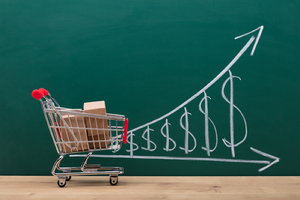
According to CNBC, Federal Reserve Chairman Jerome Powell said in a press briefing that it's unknown if a soft landing is possible, or if the country will be forced into a recession. "I just don’t think anyone knows whether we’re going to have a recession or not. And if we do, whether it’s going to be a deep one or not ... it’s not knowable," Powell said.
It all comes down to the Consumer Price Index. The CPI is a measure of the change in prices over time. It measures how much consumers spend on average for several goods and services like food, energy, and gas. Last year, per the U.S. Bureau of Labor Statistics, the CPI rose by 7.1% for the 12 months ending November; this was the smallest 12-month increase since the period ending December 2021. This year, the CPI has risen 3% for the past 12 months ending in June.
To you, this means you see prices going up on everyday items like gas, groceries, and rent, and you see them going up quickly, but not as quickly as they rose last year. Demand for these items is up, impacted by a still tight supply chain and world events. But prices stay high when people are willing to pay them. The increases we're seeing now, though, are slowing compared to earlier in the year.
Will An Interest Rate Hike Affect You?
The recent interest rate increases are likely to impact consumers when it comes to auto loans, but how much this change is truly felt in the automotive market is yet to be seen. If you're already paying a high-interest rate, you may not feel the pinch as much as others. And, the impact may take a little time to be felt. However, things in the automotive market seem to be normalizing again, as interest rate increases diminish.

For car buyers, you should always be diligent about shopping for the best deals. Make sure you know where your credit stands, and what types of interest rates you're likely to qualify for. Remember, with tight inventory also comes higher prices, so you may have to shop at several dealers to find the best offer for your situation.
If you keep your search to a two-week window, called rate shopping, all the inquiries you make for the same type of loan only count against your credit score once, instead of having multiple credit pulls hit your reports over time. As a result, your credit score may not go down much if you manage to time things right.
How High Will Interest Rates Go?
After this latest round of interest rate increases, the Federal Reserve is set to meet again on On September 19 and 20, 2023. How much of an increase they make then will depend on how the economy continues to respond, or not, to current increases and other longer-term factors. With the inflation rate increases slowing, the pressure is on for the Federal Reserve to do something to continue to curb inflation without sending the U.S. economy into recession.
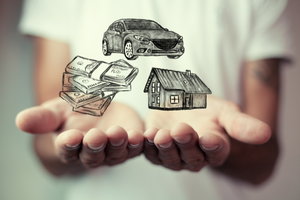
Fed Chairman Jerome Powell said in the November post-meeting news conference that the Fed is committed to bringing inflation down. "The FOMC is strongly resolved to bring inflation down to 2%, and we will keep at it until the job is done," Powell said.
That still appears to be the goal. According to CNBC, Chairman Jerome Powell said during a news conference after the latest FOMC meeting that inflation has moderated somewhat since the middle of last year, but hitting the Fed’s 2% target still “has a long way to go.”
“I would say it’s certainly possible that we will raise funds again at the September meeting if the data warranted,” said Powell. “And I would also say it’s possible that we would choose to hold steady and we’re going to be making careful assessments, as I said, meeting by meeting.”
As the Fed increases in interest rates begin to impact the market, we'll know more about the direct impact on car buyers, and we'll keep you posted on how the rising federal interest rate could impact you. Look for the latest updates and numbers here when they become available.
